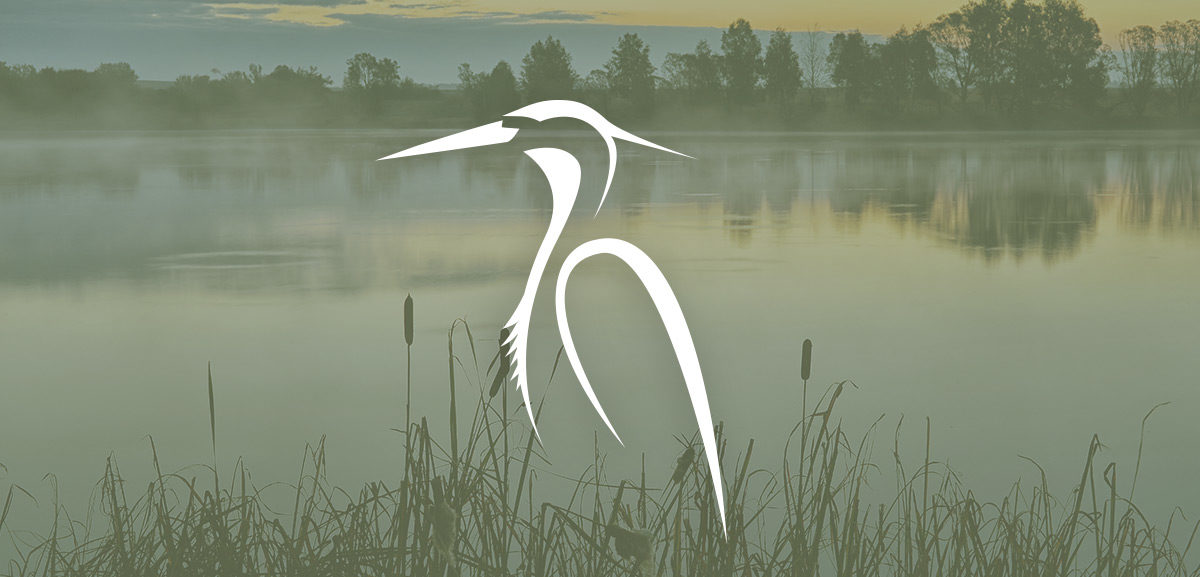Wildlands, Inc. announces the completion of habitat restoration at the Liberty Island Conservation Bank in Yolo County, California. The completion of construction caps a three year entitlement and permitting process with federal, state and local agencies in one of the most complex restoration projects in Wildlands 20-year history.
The 186-acre restoration project focused on tidal aquatic habitat suitable for special-status fish species. The Liberty Island Conservation Bank is a collaborative effort between Wildlands, California Department of Fish and Game (DFG), National Marine Fisheries Service (NMFS) and U.S. Fish and Wildlife Service (FWS) and will mitigate permitted impacts to fisheries habitat throughout the Sacramento-San Joaquin River Delta. The Bank is protected with a permanent conservation easement and a non-wasting long-term endowment to manage the property in perpetuity.
Watch the Liberty Island Restoration Project video case study:
The development of the project comes at a crucial time when varied environmental and water interests throughout California debate the current health and long term future of the Delta. All parties can agree that projects like Liberty Island are critical to the sustainability of the Delta as both an ecosystem and an economic engine for the State.
“There is a lot of attention being focused on habitat restoration in the Delta. Wildlands is proud to actually be implementing a needed restoration project in an area most agree is critically important to the continued survival of listed fish species like salmon, longfin smelt and Delta smelt,” said Steve Morgan, Wildlands CEO. “The approval and construction of this project is a true credit to all the talented and varied disciplines at Wildlands. Our planning, biology and design/build groups have put forth a remarkable effort to get this critically important project built.”
Restoration at Liberty Island called for developing a mosaic of habitats beneficial to Delta native fish species. The construction included creating open water channels, tidal emergent marsh, seasonally inundated floodplain habitats and removing levees which impeded tidal and flood flow. In all over 190,000 cubic yards of material was moved to complete the project.
The project was a complex permitting and construction effort that involved input from a multitude of agencies and consultants. “The design was a collaborative effort. The resource agencies, particularly NMFS, FWS and DFG, provided significant input in developing the restoration design and overall management of the project. Agency input and expertise is critical for all of our projects,” said Carl Jensen, Wildlands Director of Design Build.
Earthmoving was done by Chris Galloway Construction of Davis, California, who has developed a significant track record of habitat restoration projects working with Wildlands.
“One of the main challenges was just getting equipment on to the island,” said Chris Galloway, owner of Chris Galloway Construction. “Since access to the island is limited, we had to barge our heavy equipment to the project one piece at a time.”
“Earthwork on habitat restoration projects can be especially challenging because you are working in close proximity to water and getting the proper grading elevation is crucial to the success of the project,” continued Jensen. “Chris Galloway uses state of the art GPS-enabled equipment to ensure exact grades down to the inch.”
Additional Delta restoration projects are planned by Wildlands in 2011 and 2012. “We predict sizable need for a company like Wildlands to implement restoration projects throughout the Delta and we have developed a proven team who can act quickly and effectively,” said Morgan.


